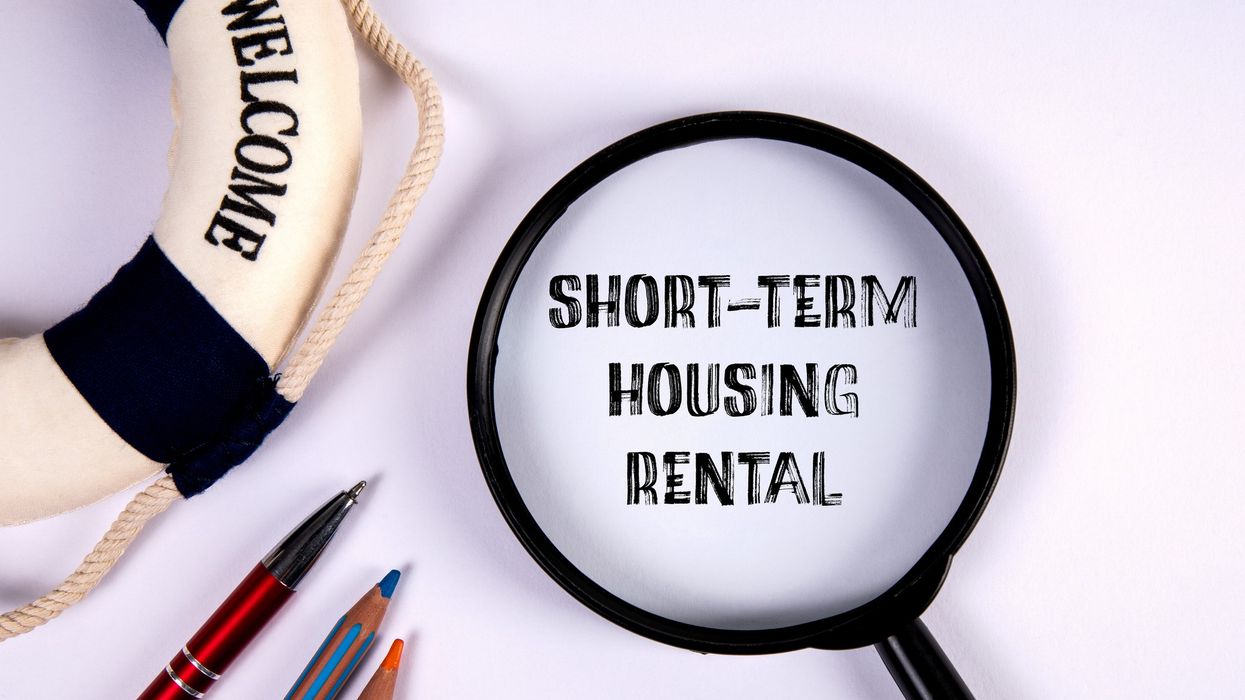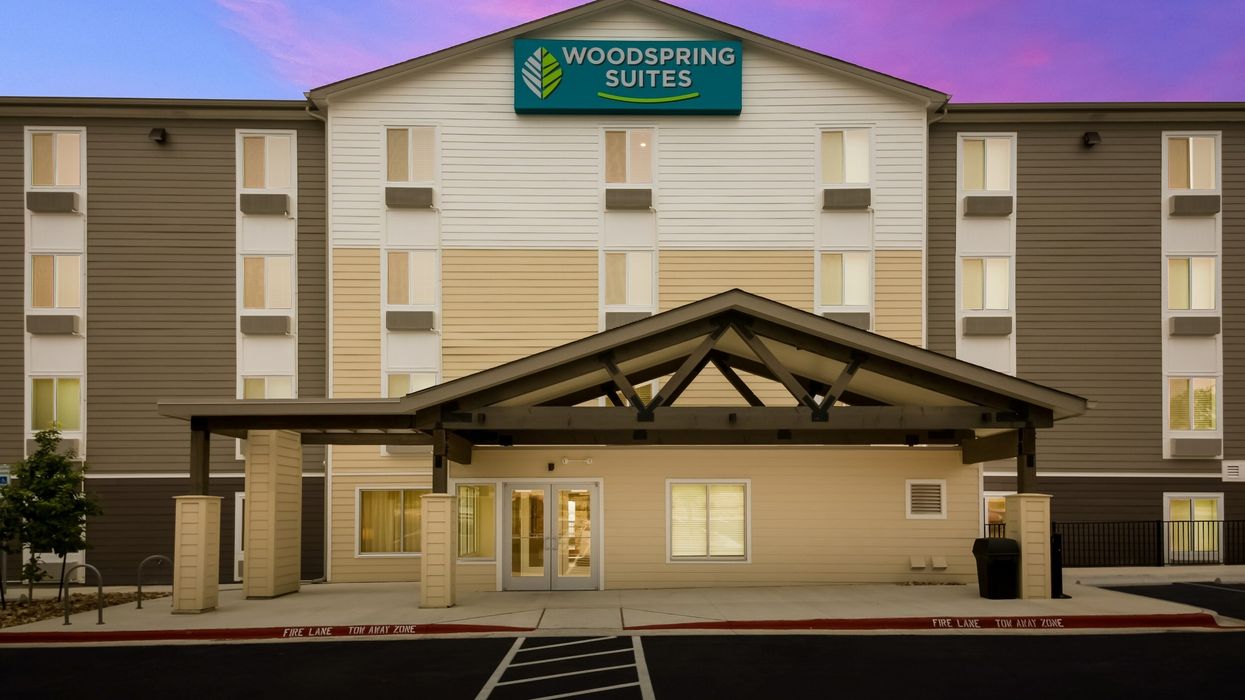Summary:
- The Big Beautiful Bill Act includes provisions benefiting real estate professionals, consumers, and the economy, according to NAR.
- Hotel investors gain from the 20 percent pass-through deduction and continued 1031 exchange protections, lowering tax burdens and supporting reinvestment, NAR said.
- Hotel groups welcomed the bill; AAHOA called it a step forward for small businesses, citing tax relief, reinvestment incentives, and greater financial certainty.
THE BIG BEAUTIFUL Bill Act includes provisions benefiting real estate professionals, consumers and the economy, according to the National Association of Realtors. The Act, officially H.R. 1, contains measures supporting the real estate sector, which accounts for nearly one-fifth of the nation’s GDP.
The bill includes several long-sought NAR priorities:
- Permanent lower individual income tax rates
- Permanent 20 percent pass-through deduction (Section 199A)
- Five-year increase in the SALT deduction cap from $10,000 to $40,000 starting in 2025
- Continued protection for business SALT deductions and 1031 like-kind exchanges
- Permanent mortgage interest deduction
“These provisions form the backbone of the real estate economy—from supporting first-time and first-generation buyers to strengthening investment in housing supply and protecting existing homeowners,” said Shannon McGahn, NAR executive vice president and chief advocacy officer. “This bill reflects what happens when realtors work together to educate lawmakers and advocate for policies that benefit every American.”
Hotel investors are also set to benefit from several provisions, NAR said. The permanent 20 percent pass-through deduction lowers taxable income for those who own hotels through entities such as LLCs or partnerships. Continued protection for 1031 like-kind exchanges allows investors to defer capital gains taxes when reinvesting in new properties.
The bill also preserves business SALT deductions, reduces taxable income for hotel operations in high-tax states and permanently extends the mortgage interest deduction, improving after-tax returns on leveraged properties. The five-year increase in the SALT deduction cap may further benefit individual hotel investors in high-tax states. While lower individual income tax rates are less directly tied to real estate, they could enhance overall investor cash flow.
‘Step forward for small businesses’
Hotel associations welcomed the legislation, with AAHOA calling it a step forward for small business owners—especially hotel operators—citing targeted tax relief, reinvestment incentives, and financial certainty for long-term planning.
“This is a strong step in the right direction for hotel owners and the broader small business community,” said AAHOA Chairman Kamalesh “KP” Patel. “Our members actively advocated for these reforms, and we’re pleased to see their concerns reflected in the final legislation.”
Laura Lee Blake, AAHOA president and CEO, said the signing of the bill on Independence Day highlighted values important to the association’s members.
“Our nearly 20,000 members own over 60 percent of the hotels in the U.S. and provide more than 1 million jobs,” she said. “This bill gives them the clarity to reinvest, the confidence to grow, and the ability to keep fueling the communities they serve.”
The American Hotel & Lodging Association also praised the act.
“It provides small-business hotel owners with the level of certainty they need to effectively operate amidst tremendous uncertainty,” shielding them from looming tax hikes and supporting business stability. The Act extends key provisions such as bonus depreciation and the pass-through deduction, helping reduce immediate tax liabilities and improve cash flow for hotel investors.
NAR cited other provisions expected to support real estate and the broader economy, including an increase in the Child Tax Credit and changes to the Opportunity Zone program.
McGahn said realtors nationwide had advocated for tax reform for months, emphasizing that homeownership supports wealth building and community stability.
“We delivered that message backed by original research, trusted polling data, and the real-world expertise of more than a million realtors living and working in every ZIP code in America,” she said.
NAR polling showed strong support for several provisions:
- 92 percent support tax-free savings accounts for first-time home buyers
- 91 percent support preserving the mortgage interest deduction
- 86 percent support lower individual income tax rates
- 83 percent support the 20 percent deduction for independent contractors and small businesses
- 61 percent support increasing or eliminating SALT deduction limits
“We brought these numbers to Capitol Hill and the White House,” McGahn said. “Lawmakers told us they valued the research, the clear message, and Realtors advocating in their communities. This is what happens when our members, backed by facts and united in purpose, speak up.”
The bill extends tax cuts from 2017 and introduces new business tax incentives. It also modifies elements of the social safety net, including Medicaid and federal food assistance programs—measures criticized by Democrats as harmful to low-income Americans. The act includes a 1 percent levy on international money transfers by non-U.S. citizens, including green card holders and H-1B and H-2A visa workers, reduced from a proposed 5 percent.
President Trump also said the bill would “turn this country into a rocket ship.”

















